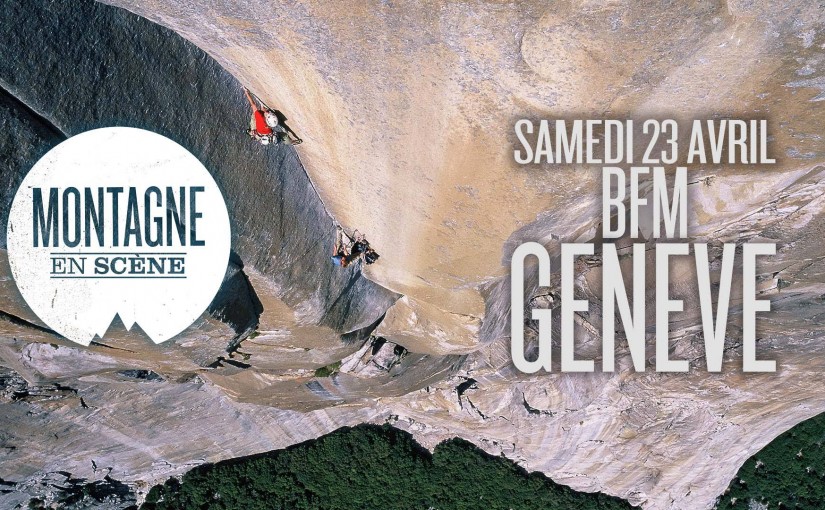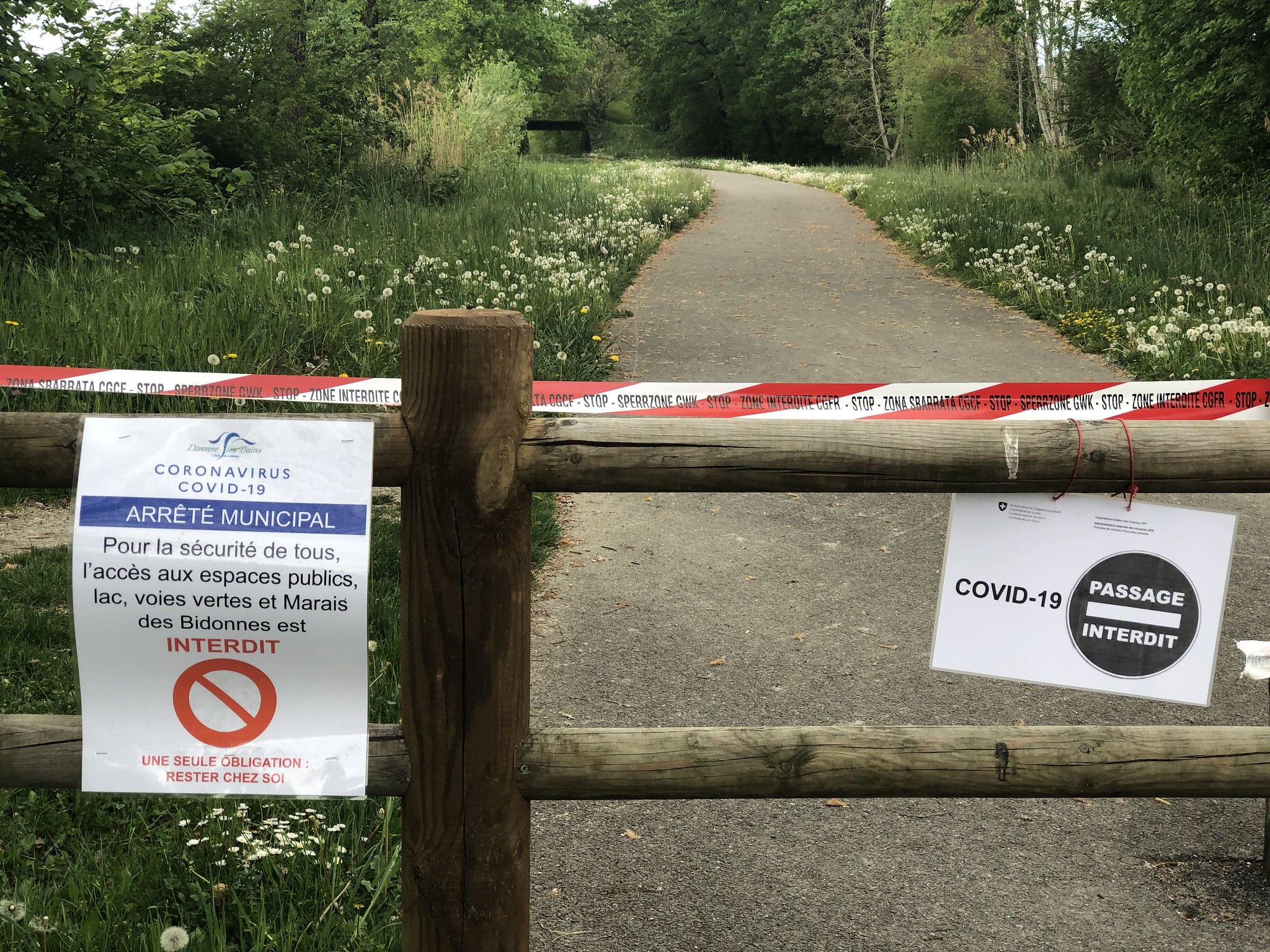Tag: adventure
-

Deepest Airbnb Video
Reading Time: < 1 minuteRecently I watched [a video](https://www.youtube.com/watch?v=n-4yrSVMwis) of two people going to sleep 1375 feet (about 400 meters deep) down in a cave that had once been a mine. As they descend they go from daylight to tunnel shafts, to walking in darkness until they get to places where they need to go…
-
K2 With a Drone
Reading Time: 2 minutesK2 with a Drone is a documentary following Petr Jan Juracka, a scientific photographer’s trip to K2 with Klara Kolouchova with two drones. He performed extensive testing before setting off on the trip. He flew the drone in a hyperbaric chamber to see how it would react. He flew it in freezing…
-

Montagne en Scène Genève
Reading Time: 2 minutesAu Vieux Campeur held the summer mountain film screening event at the Batiment des Forces Motrices in Geneva. They introduced the event as being the opportunity for them to share the passion of the mountains with people who may not be aware of the activities that are possible. They then went on…
-
Cave Exploration in Autumn РGrottes Aux F̩es РVallorbe
Reading Time: 2 minutesWhen the temperature drops and we find ourselves living beneath the clouds for weeks or even months going up to the mountains to get above them is always pleasant. Another option is to take advantage of the cool temperatures to explore caves where the conditions are constant year round. For Halloween a…
